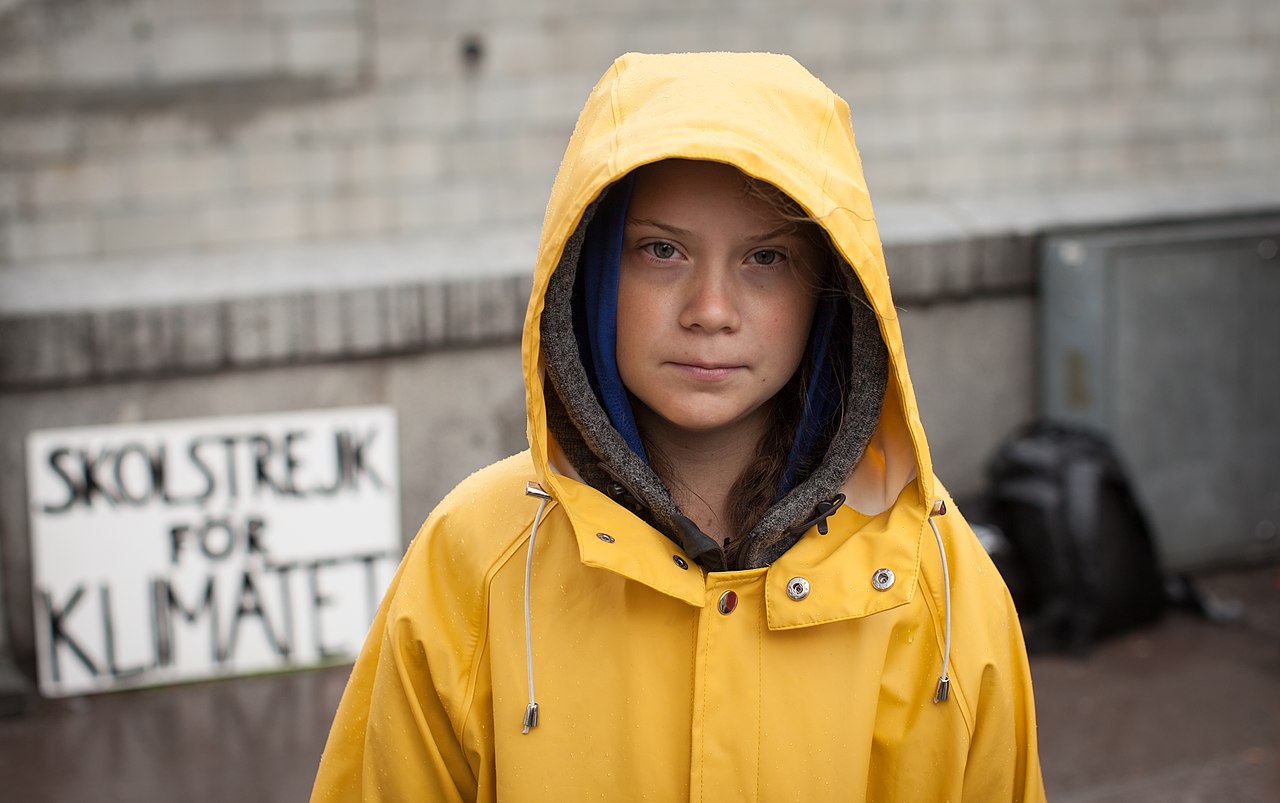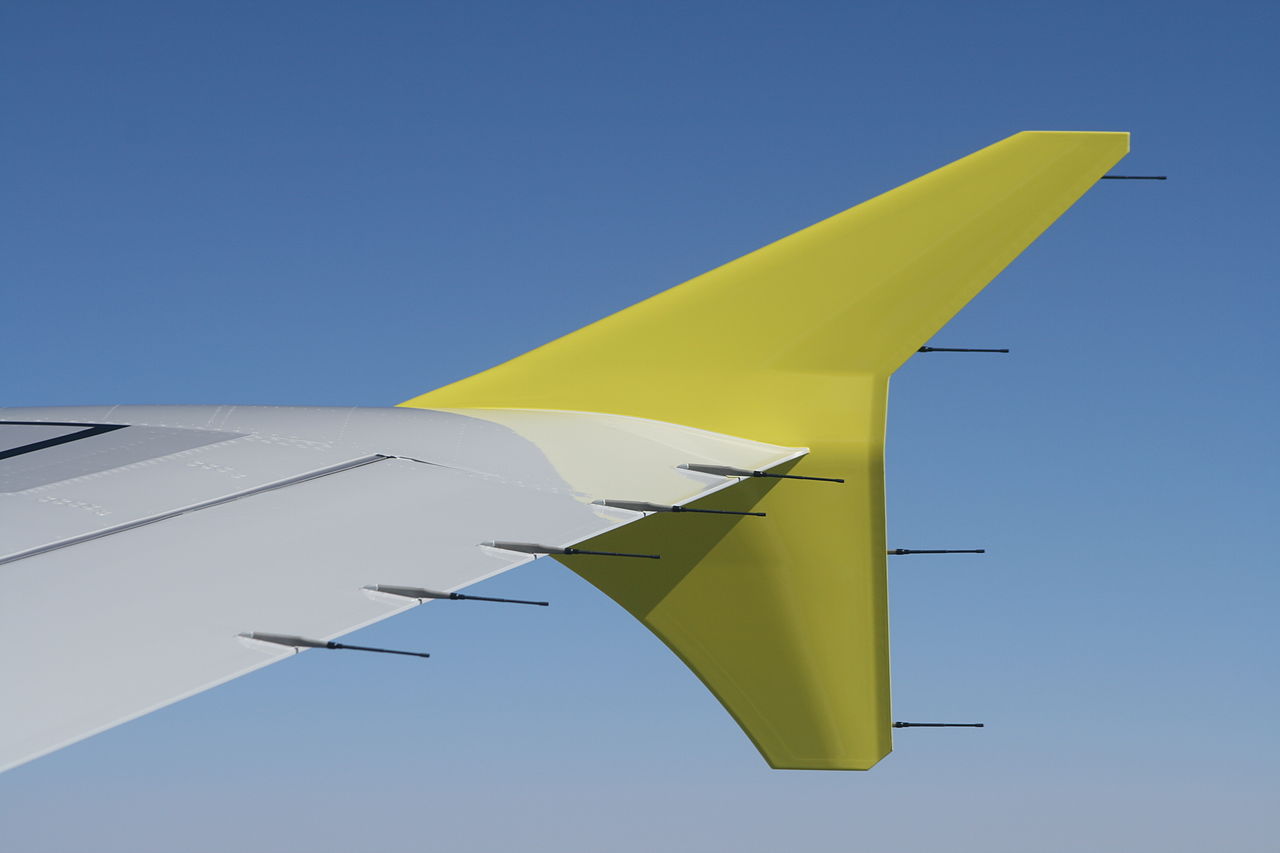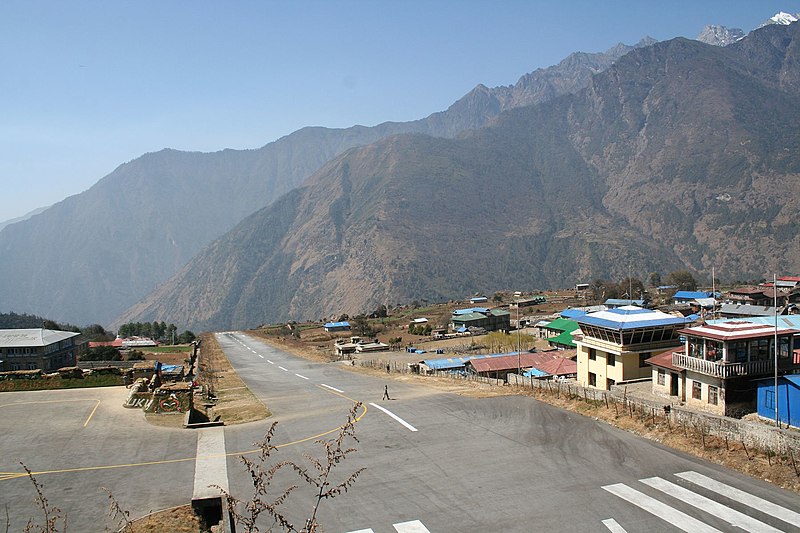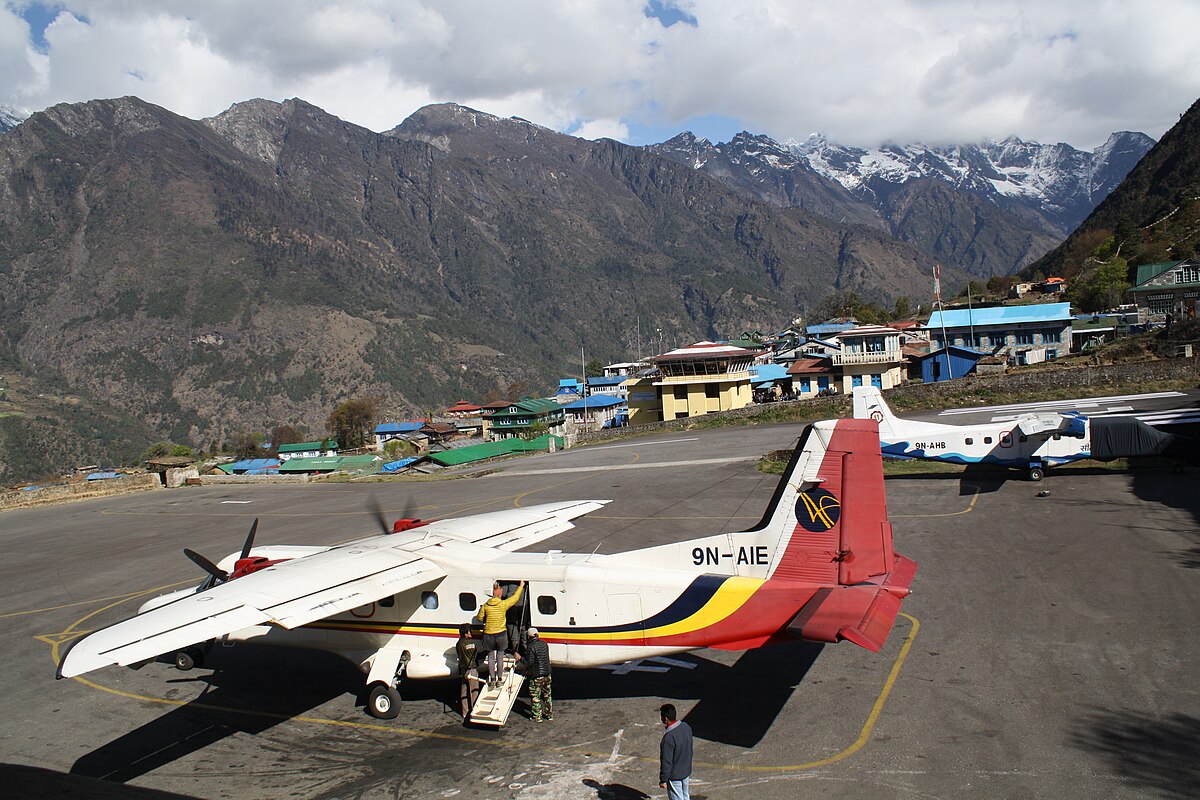
The rise of sustainable travel, focusing on reducing our carbon footprint, brought about the concept of “flight shame”, which was better known as “flygskam”. Individuals who were concerned about the soaring levels of CO2 emissions associated with flights came up with another alternative movement known as ‘tågskryt’ – a word that is composed of the Swedish words ‘Tåg’ [translated as “train”], and ‘skryta’ [translated as “brag”]. Any person who was involved in the movement of Tagskryt was found to be bragging about the fact that they were using an environmentally friendly alternative to “flying” (via airplanes): traveling via a train.
Flygskam was a movement that brough about a sense of guilt to people who chose to fly because of airplanes’ negative impact on the environment. The parallel movement, “Tagskryt”, emphasized the benefits and sense of accomplishment of selecting trains over airplanes, supporting the notion that choosing the train is a noble and responsible way to lessen one’s impact on the environment. The two Swedish terms taken together was adopted across various nations as people started to realize the impact their travel decisions have on the environment.

After the movements got some traction, people started to choose trains over flights to fight global warming and keep their carbon emissions in check. Despite such noble efforts, flights still remain the best alternatives for people who opt for and require less time-consuming commutes. But as the aviation community contributes approximately 80 million tons of CO2, the question arises: Can climate be a scapegoat for our “precious” time?
Tagskryt: The origins of the movement
In 2018, Greta Thunberg, a Swedish schoolgirl, gained global attention for her school strike for climate outside the Swedish Parliament. This sparked a global climate change movement, inspiring students worldwide for Fridays for the Future, a youth-led organized strike against climate change.

Photo: Anders Hellberg | Wikimedia Commons
Thunberg repeatedly highlights individual responsibility for emissions as a key aspect of her campaigns, with her speaking notes for a speech held in the European Parliament in Strasbourg highlighting the risk of climate crisis:
“Solving the climate crisis is the greatest and most complex challenge that Homo sapiens have ever faced. The main solution, however, is so simple that even a small child can understand it. We have to stop our emissions of greenhouse gases……The bigger your carbon footprint, the bigger your moral duty.”
Thunberg introduced the idea of low carbon emissions through her actions: her transatlantic crossing in 2019 via racing yacht Malizia II to attend a climate conference in New York. On the occasion, the UN had reported that she refused to “take a gas-guzzling plane“ and that the teenager had “decided on a zero-carbon mode of transportation to further bring awareness to the dangers of rising global emissions and pollution caused by human activity.” for the conference. The United Nations greeted Thunberg at Narrows Bridge with a flotilla of 17 sailboats, each of which represented the 17 sustainable goals.

Photo: unbekannt | Wikimedia Commons
While Thunberg popularized the concept of carbon-emission awareness globally, some celebrities in Sweden had started a practice of slow traveling, in essence through trains, buses, any road, or water transport. Staffan Lindberg, a Swedish political scientist, initiated the movement by publicly announcing his decision to cut back on flight consumption in his article. This was followed by Malena Ernman, opera singer and mother of Greta Thunberg, who also publicly announced that she would stop flying and choose to travel slowly.
The concept of tågskryt was spurred by social media, which encouraged people to travel by train by posting reviews on train travel, picturesque sceneries captured in lenses from the seats of a train, travel tips, and other information needed for a safe and comfortable train trip using the hashtag #tågskryt. A few other movements or hashtags began:
- Tågsemester (“train holiday”) Facebook group, which has more than 275,000 followers on Facebook
- #jagstannarpåmarken (“I stay on the ground”).
- Att smygflyga (“flying in secret”)

In some countries, there is significant social pressure regarding flight shame, a notable trend. In 2019, before the pandemic hit, the number of people taking flights saw an increase, while train travel saw an increase. France has even prohibited flights to destinations reachable by train in under two and a half hours. The pandemic has altered transportation and logistics, but it is uncertain how the competition between different modes of transport will ultimately play out.
A few numbers which reflect how much the train bragging, flight shaming, and related movements affected the aviation industry include:
- More than 22,500 people pledged to go flight-free in 2020, reported the BBC.
- Swedavia, Sweden’s airport operators, reported a fall of 9% in domestic air travelers for Sweden.
- According to the CNN, “Activist Maja Rosen launched the “Flight Free” campaign in Sweden in 2018 with the aim of encouraging 100,000 people not to fly for one year.”
- In May 2019, Swedish Railways (SJ) released a survey highlighting a shift in travel preferences. The results showed that 37% of respondents preferred traveling by train instead of flying when possible. This marked a significant increase from 20% at the start of 2018.
- In 2021, a study in Forbes reported that before Covid-19 lacked the world down, “the number of people taking domestic flights in Sweden and Germany dropped by 11% and 12% respectively, matched by an increase in train use.“

Photo: Calle Eklund | Wikimedia Commons
How Has Riding the Train Made Any Impact?!
There are substantial environmental advantages to taking trains rather than planes. In comparison to flights, trains produce up to 90% less CO2 per passenger kilometer. This striking contrast highlights the influence that personal decisions can have on lowering carbon emissions.
Governments and organizations worldwide are also acknowledging the significance of sustainable travel. The European Union has set high goals to enhance rail services and infrastructure, increasing the accessibility and effectiveness of train travel. Across Europe, programs like night trains are being reintroduced as an alternative to short-haul flights.

The importance of biofuel is also reflected in other modes of transport as the train above- the French Régiolis also uses biodiesel- highlighting the need for minimizing Carbon footprint.
The increasing popularity of rail travel benefits the environment, as a flight from Paris to Rome emits 206.1 kg of carbon dioxide per passenger, compared to just 8.8 kg for the same journey by train. In Spain, the introduction of high-speed rail infrastructure to new competitors has led to the rise of operators like RENFE’s budget line, Avlo, and Ouigo Espana.
Global air travel is predicted to increase by 4%–5% a year, meaning the overall number doubles every 15 years. However, the high-profile campaigns, for example, set by Greta Thunberg and the first Swedish celebrities, have pushed the climate crisis up the political agenda.
Despite the fact that the aviation industry has managed to improve fuel-efficiency by approximately 70% between 1967 and 2007, there have been some challenges:
“….that progress was completely annulled by the huge increase in the volume of air travel, which led to a 70% increase in global emissions between 2005 and 2020, a figure that will grow to 300% by 2050 unless something is done to reduce it. And two-thirds of that percentage is due to 12% of frequent travelers.”

Photo: Till Niermann | Wikimedia Commons
Some victories of Tagskryt
The campaigns mentioned above (such as Flygskam, Tagskryt, among others) had a snowball effect—more than thousands of tweets with #tågskryt have been posted since the start of the trend where people share their moments on the train; multiple Instagram users shame celebrities for their unnecessary carbon emissions due to their private jets; and such small-scale awareness has been prevailing since tågskryt’s origin.
Fastcompany.com reported that a study was by UBS (Union Bank of Switzerland) in 2019 among 6,000 respondents from the US, Germany, France, and the UK, revealed that 21% of them had reduced the number of flights they took over the previous year. The bank said the expected growth in passengers could be halved given the rise in popularity of the movement. Analyzing the reactions from the participants on their changed perception of flight, the bank said this would reduce revenues at Airbus, which controls around 57% of the market, by around €2.8 billion a year.
Where Tågskryt Fails
The intentions behind this movement are valid; however, its application, in a broad sense, around the world seems invalid and unapproachable. The concept fails when we are dealing with countries that have no railway system or have an absence of roads in remote corners. Aviation compensates for unreachable places by land or sea, transporting passengers through commercial flights and cargo airliners that carry everything from perishables to fully built cars and livestock.
Topography-Challenged Regions
The oceans and rocks around the town of Ittoqqortoormiit in Greenland are famously risky for any street or water transport. This lovely locale, well-known for its Aurora Borealis and polar bears, must be headed out by helicopter, which flies on more than one occasion per week. Despite the calculated difficulties, the distance of Ittoqqortoormiit helps safeguard its unblemished regular habitat and conventional Inuit culture, offering guests an uncommon look into a lifestyle that has remained generally unaltered for quite a long time.

Ittoqqortoormii, Greenland- rocky topography.
Lukla Airport (LUA), which is often mistakenly called the “world’s most dangerous airport” is also not accessible by road transport, let alone rail transport.

It would be impossible for trains to operate in places such as Lukla.
Today, adventurers and mountaineers fly to this airport. Before the construction of LUA people had to trek for a week or so to get here. But the construction of the Lukla Airport has brought about a flood of climbers and vacationers, to the region, adding to the neighborhood economy and cultivating a more noteworthy appreciation of the Himalayas.

Sita Air aircraft at Lukla Airport.
Conclusion: Embracing a Multifaceted Approach to Sustainable Travel
The rising prominence of manageable travel, typified by developments like tågskryt, features the developing mindfulness and obligation to decrease our carbon footprint. The ecological benefits of train travel over air travel are evident, with essentially lower CO2 outflows per traveler per kilometer. Propelled by powerful figures, for example, Greta Thunberg, and upheld by different drives across Europe, the shift towards rail travel is an exemplary move toward the battle against environmental change.
Planes contribute only 2% of worldwide fossil fuel byproducts, and for some excursions, they remain the most productive choice. The way to handle environmental change lies in a fair way to deal with transportation. Policymakers around the world, in addition to those in well-off nations, need to focus on a reasonable transportation framework. This can include putting resources into cleaner advancements for uncompromising vehicles, similar to electric or hydrogen trucks.

Areas with testing geologies, such as Ittoqqortoormiit in Greenland and Lukla in Nepal, as well as nations vigorously dependent on street transport, highlight the need for air travel for openness and effectiveness. While decreasing superfluous flights is critical, totally leaving air travel is neither attainable nor practical. While boycotting flights generally could appear to be an honorable signal, the world would be better suited to adopting electric or biofuel-fueled planes that essentially diminish their natural effect.
Supporting an assortment of sustainable travel techniques, from trains to creative flying arrangements can help us pursue a greener and more dependable future. All in all, while tågskryt addresses an important development in advancing feasible travel, we ought to embrace all types of sustainable modes of transportation.
